Burgundy
How long should you age your Burgundy wines?
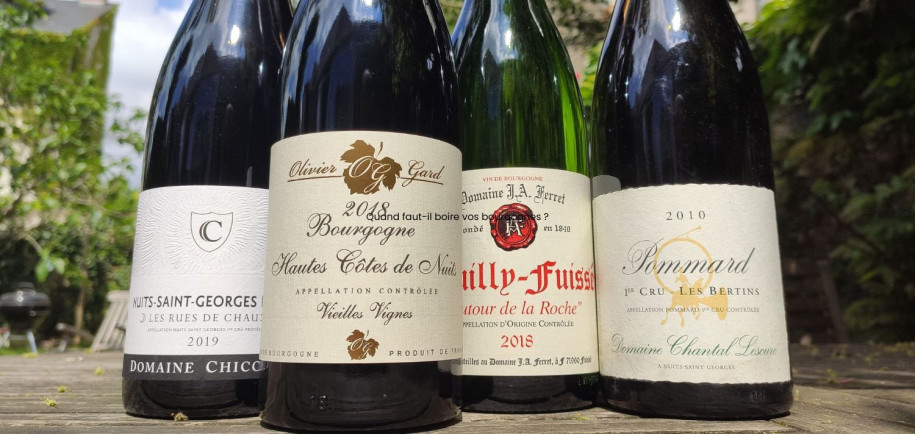
In this post, I’m offering some advice to help you know the aging potential of your wines from Burgundy: white wines as well as red wines.
Some wines will be appreciated in their youth while others deserve to be patiently forgotten for several years in your wine cellar.
The terroir where your bottle comes from is key to determine the expected aging potential. Luckily, the Burgundy labels offer some valuable information. Indeed, a hierarchy exists between the different Burgundy vineyards and appellations, which can be grouped within four levels and families: the regional appellations, the village appellations, the Premier Crus and the Grands Crus.
Wines with regional appellations are mostly wines to be enjoyed in their youth. The “Bourgogne” region is easily found on the main label. For examples: "Burgundy chardonnay", "Burgundy Côte d'Or" or "Burgundy Hautes Côtes de Nuits". Most of these wines are made with the aim of bringing out the fruity and floral aromas of the two mostly planted grapes in Burgundy: the chardonnay and the pinot noir varieties. Citrusy, buttery, white flowers notes in Northern Burgundy, sometimes with a bit of ripped and tropical fruits in the Southern sub-regions. As for the pinot noir: characteristic notes of strawberries, red currants, peonies as well as some peppery flavors. These wines are often vinified without aging in oak barrels and are quickly bottled a few months after the harvest. I like to open these wines in their first 5 years. Some cuvées that are a little more refined can even go a little further.
Villages with a remarkable identity
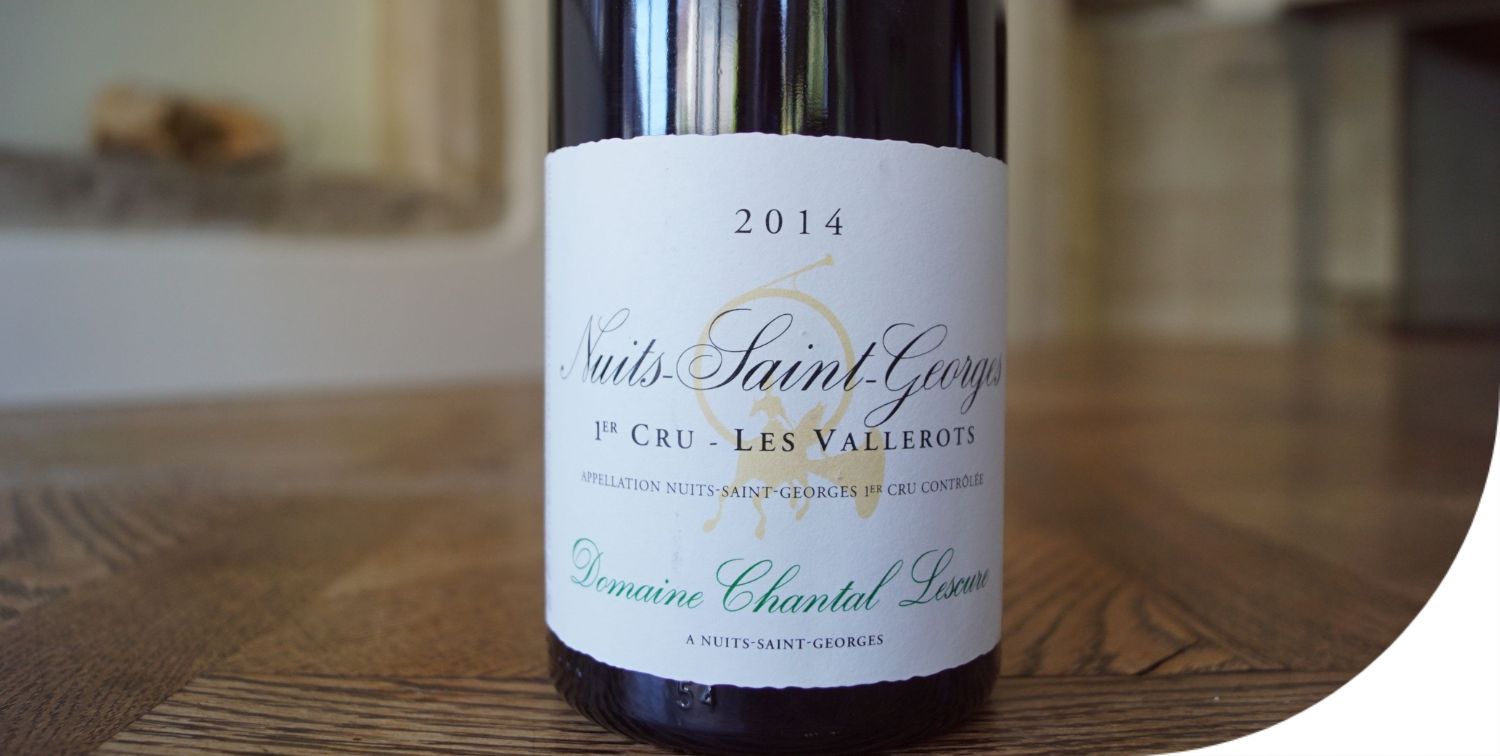
Then come the wines within the villages appellations, whose grapes come from a clearly delimited geographical area around the Burgundian villages. Each village has its own identity and terroir: composition of soils, landscapes, but also its climatic variations. Some famous villages appellations are Chablis, Meursault, Pouilly-Fuissé, Nuits-Saint-Georges, Pommard and Mercurey for instance. The names of the villages are clearly displayed on the labels, sometimes with the name of a particular plot of vines from which the wine originates. These plots of vines are called the “climat” in Burgundy. I like to taste Burgundy “villages” after a minimum of 5 years of aging, and often before their tenth anniversary.
The greatest terroirs of Burgundy
Now, let’s look at the top of the best wines from Burgundy, starting with the Premiers Crus. A Premier Cru is always associated with the name of a village. For example, Chablis Premier Cru “Montmains”, or Pommard Premier Cru “les Bertins”.
The Premiers Crus represent the best terroirs of the different villages. Originated from these plots of vines, the wines offer more concentration. They will need a few more years to show all their complexity and express the best of their terroir. I generally start to open my “Premiers Crus” after 7 or 8 years of aging. I’ll wait at least 10 years to start opening the reds. Depending on the terroirs, some wines will have to be opened and tasted before 15 years. This is the case for the Chablis Premiers Crus. I’m also thinking about the wines from the “Côte chalonnaise”.
Some famous Premiers Crus from the Côte-de-Nuits or the Côte-de-Beaune vineyards can age over their twentieth anniversary.
Let me share a tip if you buy a case or more of these wines: after 10 years, I recommend you open a bottle every 2 or 3 years to make sure of the wine quality and thus check its good evolution.
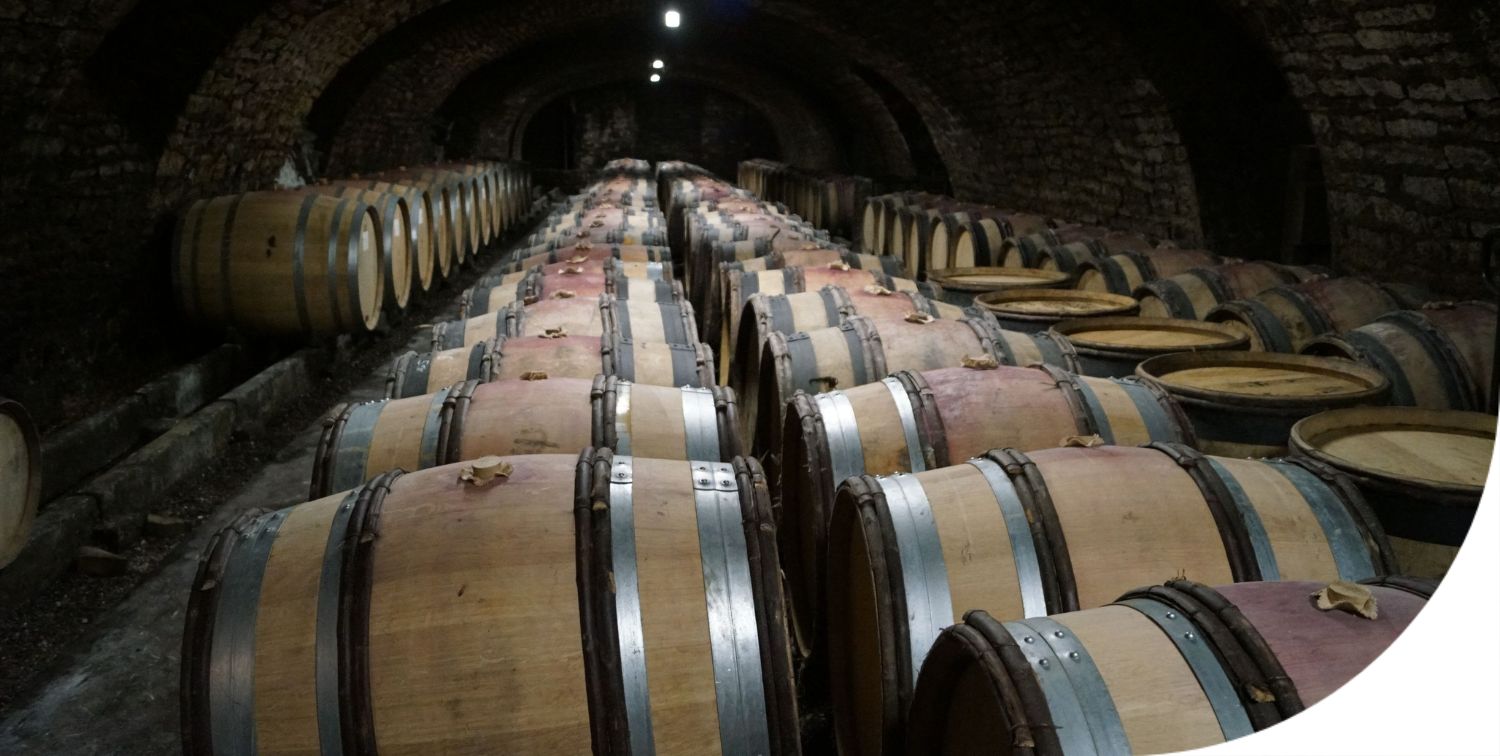
Finally, the ultimate category: the Grands Crus! Chambertin, Clos Vougeot, Corton, Montrachet… these names that make wine lovers dream! These rare wines come from the best terroirs and have the longest aging potential. The grapes from these legendary terroirs are located on the slopes of the Burgundian hills: draining soils with a clay-limestone composition. These vineyards offer an optimal exposure to the grapes and allow them excellent ripeness and concentration.
I must say I usually start opening my Grands Crus after their fifteenth anniversary!
Whatever the appellation and its category, remember to consider the quality of the vintage as well! Indeed, cooler, or warmer vintages can shift the time when you start to appreciate your wines, sometimes up to three years.
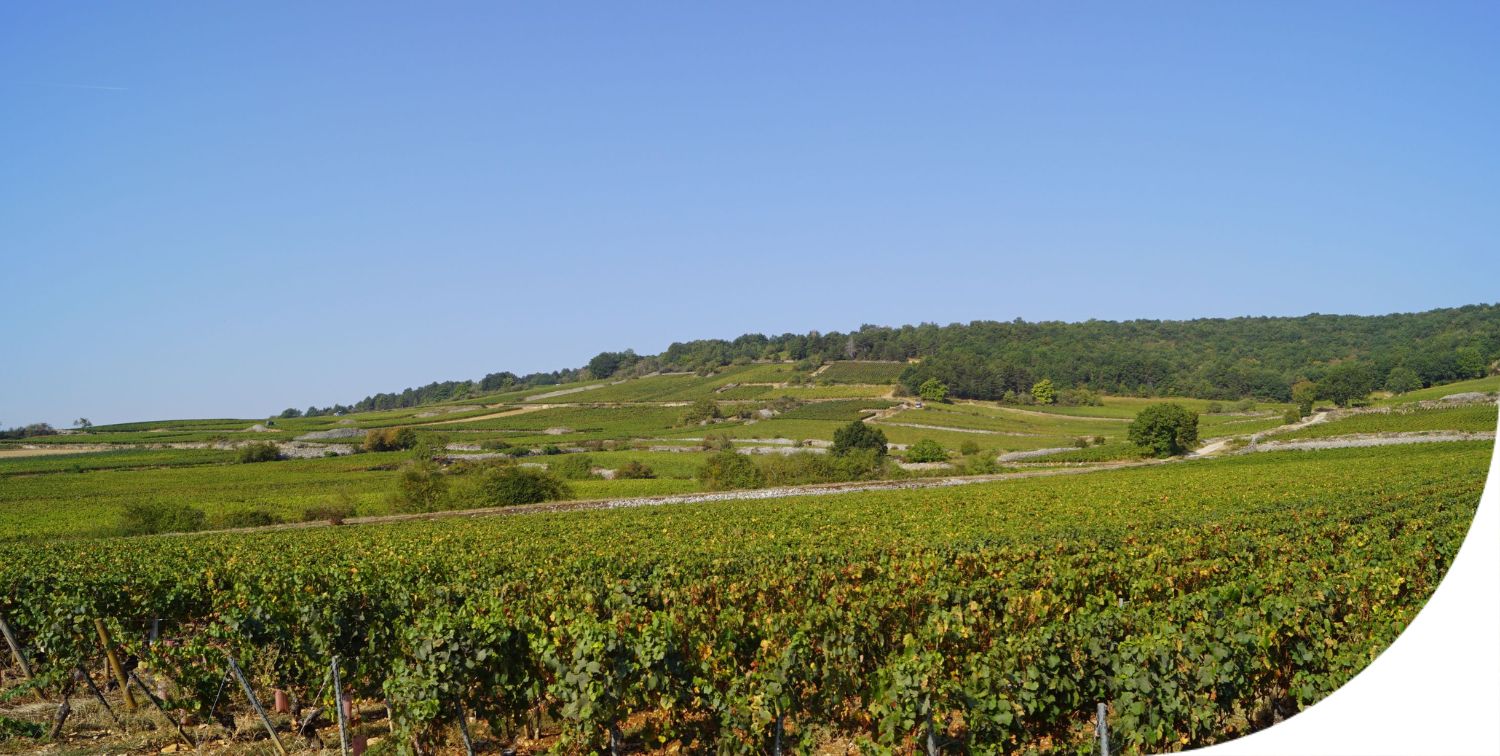
Finally, don't blame yourself for opening a Premier Cru or a Grand Cru a little too early. These wines are already great in their youth. But patience is rewarded with emotions, complexity, refinement and a mouth texture that only time has the secret!
Enjoy your tasting!

 Your account
Your account


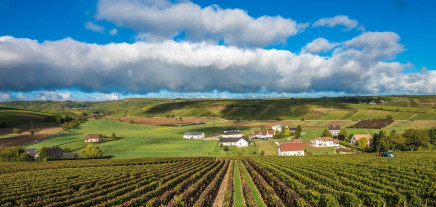


Share this article: